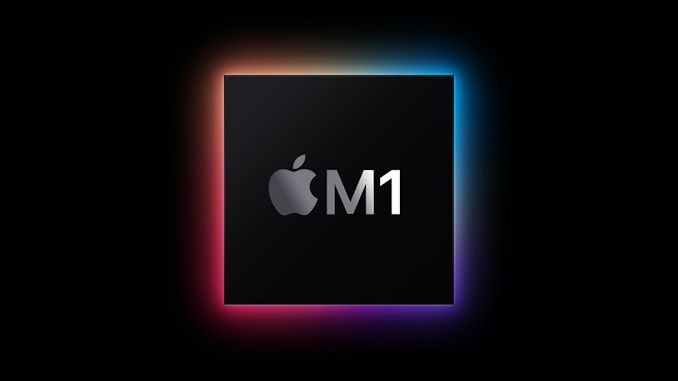Originally posted by Jumbotron
View Post
What is unique is that while an AMD desktop has 2 channels of 64 bits, each can handle a pending memory request. I believe the M1 has 8 channels that are 16 bits wide. So it can handle 8 outstanding memory requests. This allows the CPU (4 fast + 4 slow), GPU cores, and Neural cores all to make outstanding requests and get good throughput. I've written a microbenchmark to explore this if anyone has a M1 around.


Comment